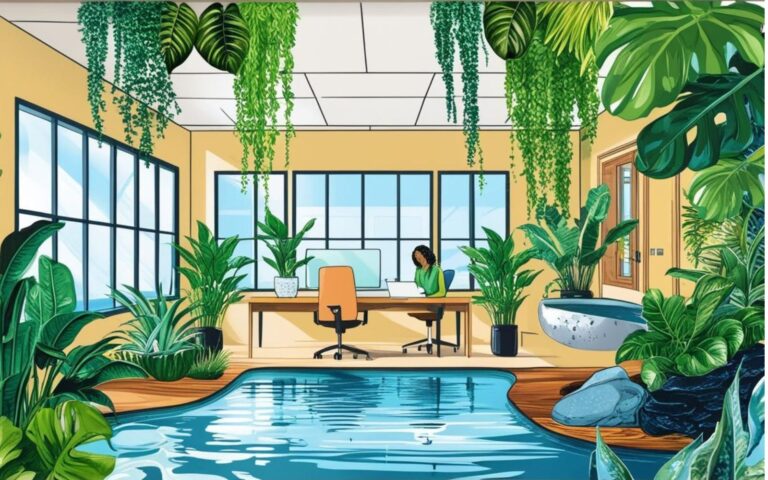Discovering the Benefits of Green Spaces for Mental Health Improvement
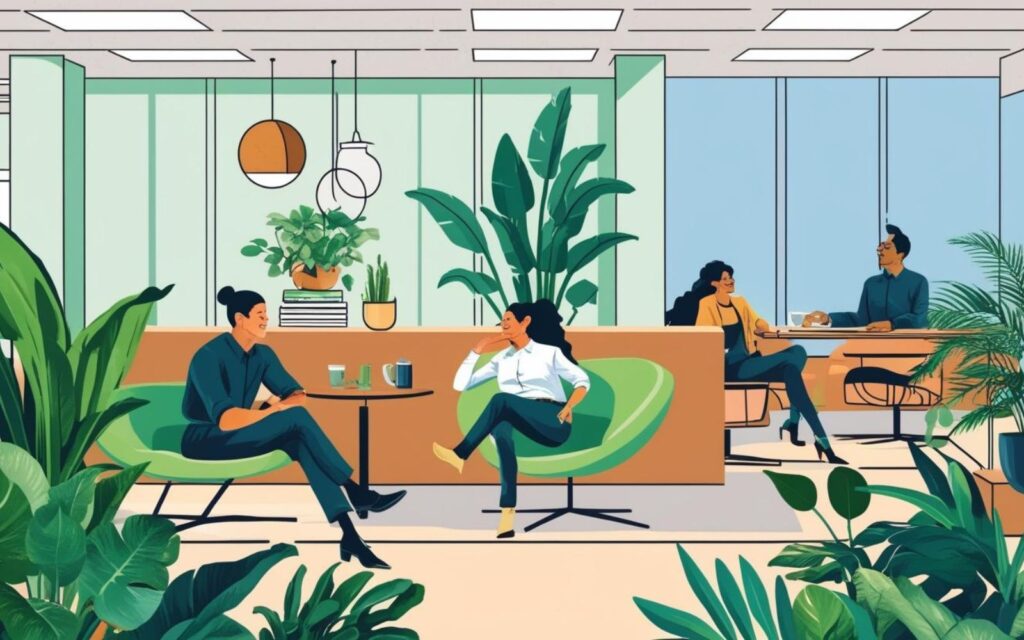
Nature has an incredible way of healing the mind. With increasing urbanization and busy lifestyles, the need for green spaces has never been more critical.
These natural environments are not just places for physical activity but are also significant for mental health.
Research suggests that exposure to green spaces offers numerous benefits, from stress reduction to promoting relaxation.
In this article, we’ll explore the benefits of green spaces for mental health, their role in reducing anxiety and depression, and why spending time in nature is essential for well-being.
Key Takeaways
- Exposure to green spaces reduces stress and improves mood.
- Urban green spaces promote better mental health in urban areas.
- Children’s mental health, particularly internalizing symptoms, improves with access to green spaces.
- Spending time in natural environments lowers the risk of mental health disorders.
- Evidence suggests that even small interactions with green spaces can significantly improve well-being.
1. Understanding the Benefits of Green Spaces for Mental Health
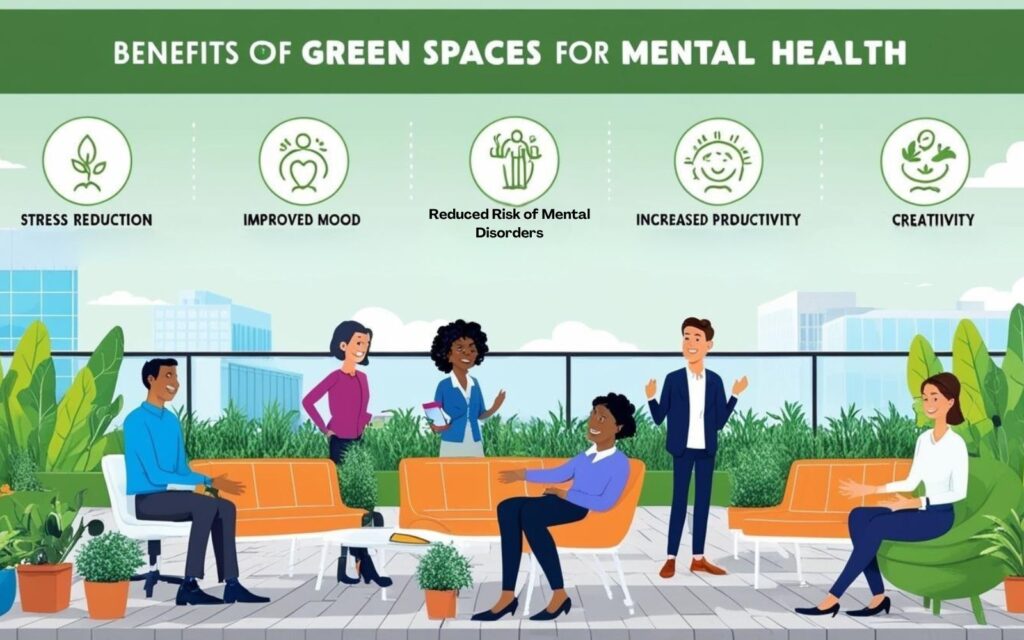
Green spaces provide a range of health benefits for the mind. They promote relaxation, reduce anxiety disorders, and improve mood. Here’s how they help:
Stress Reduction
Spending time in nature lowers the stress hormone cortisol, helping to reduce anxiety and improve overall well-being.
Improved Mood
Fresh air, natural light, and exposure to green space are known to lift one’s mood and reduce feelings of sadness.
Reduced Risk of Mental Disorders
People with access to residential green spaces have significantly better mental health, including fewer symptoms of anxiety and depression.
Even in urban environments, more green space has been linked to lower levels of mental distress and better cognitive function.
2. Green Spaces and Young Children’s Mental Health

For young children, mental health can be significantly influenced by access to natural areas. Research suggests that early childhood exposure to green spaces helps:
Internalizing Symptoms
Green spaces reduce internalizing symptoms like anxiety, sadness, and fear in children.
Cognitive Development
They improve focus, memory, and problem-solving, establishing strong cognitive function.
Social Interaction
Natural areas encourage play and social interaction, leading to better mental health outcomes for young children.
Parents can enhance children’s well-being by giving them access to local parks or creating green areas around their homes.
3. The Connection Between Green Space and Stress Reduction

One of green spaces’ most widely studied aspects is their impact on stress levels.
Nature-based activities, such as walking in a park or forest bathing, have been shown to reduce stress significantly.
Lower Stress Hormone Levels
Exposure to green spaces lowers cortisol, the stress hormone responsible for many mental health issues.
Blood Pressure and Relaxation
Nature exposure reduces blood pressure, promoting relaxation and lowering the risk of anxiety disorders.
Improved Air Quality
Trees and vegetation in green spaces help clean the air, further supporting mental and physical health.
Spending time in urban green spaces is a simple yet effective way to achieve less mental distress.
4. How Urban Green Spaces Help in Urban Areas
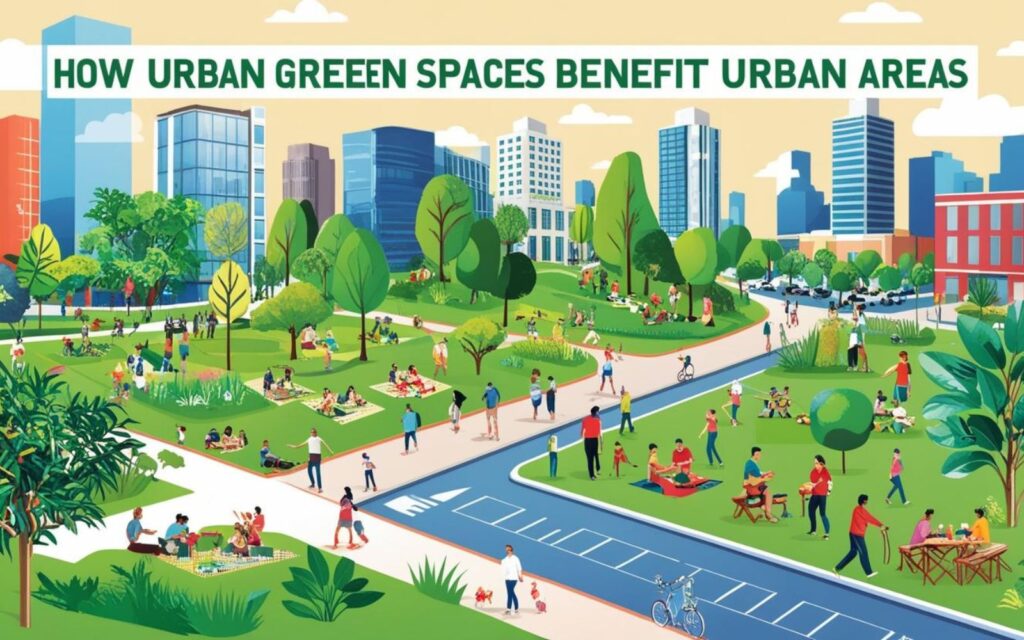
Urban areas often have limited greenery, but research suggests that urban green spaces significantly affect mental health.
These spaces serve as havens for residents, providing:
Community Health
Parks and green areas encourage social interaction, improving community well-being.
Environmental Factors
Reduced air pollution and increased natural light in urban green spaces contribute to better health.
Public Health Benefits
Urban green spaces support public health by lowering the rates of mental health problems and chronic stress.
Adding more green space to urban environments can benefit adults and children.
5. The Link Between Green Spaces and Mental Disorders

Exposure to green spaces is associated with a lower risk of mental disorders, including depression, anxiety, and cognitive decline. This growing body of research highlights:
Significant Effect on Mental Health Problems
Living near green spaces has a positive effect on mental distress and reduces anxiety and depression symptoms.
Fewer Symptoms of Externalizing Disorders
Green space exposure reduces symptoms of externalizing disorders like rule-breaking and hyperactivity for children.
Promoting Relaxation
Evidence suggests that natural areas help reset the brain and promote relaxation, improving overall mental health.
6. Small Green Spaces and Their Numerous Benefits
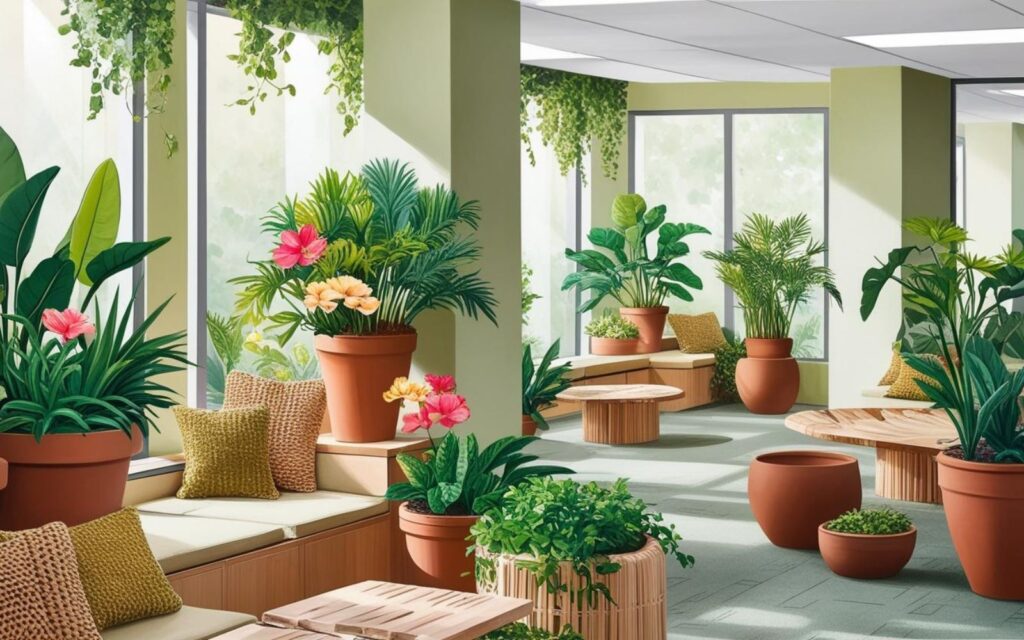
Green spaces can have health benefits; you don’t need a vast forest or a large park to reap them. Even small green areas or houseplants can have a positive effect.
Indoor Plants
Indoor plants improve air quality and reduce stress, offering better health outcomes indoors.
Balconies and Rooftop Gardens
Miniature gardens in urban settings provide exposure to greenery and significantly better mental health.
Pocket Parks in Urban Environments
Small, accessible green spaces make a significant difference in urban areas with limited greenery.
Incorporating green space exposure into your daily routine can improve your mental and physical well-being, no matter where you live.
7. The Impact of Physical Activity in Green Spaces

Physical activity combined with exposure to green space offers double the benefits. Walking, jogging, or cycling in natural environments boosts fitness and reduces mental distress.
Stress Levels
Physical activity in green areas lowers stress levels faster than exercise in indoor settings.
Improved Mood
Activities like yoga or forest bathing in green spaces enhance relaxation and improve mood.
Cognitive Function
Regular physical activity in nature helps maintain cognitive function and sharpens focus.
Being active can elevate your mental health, whether it’s a morning jog at your local park or a leisurely walk through a forest.
Summary
Green spaces are essential for promoting mental health. They reduce stress, improve mood, and benefit cognitive function and well-being.
Urban green spaces, residential green spaces, and even indoor plants provide significant mental health benefits, such as reduced anxiety, better mental health, and fewer symptoms of mental disorders.
Mental health improves dramatically for young children with access to green spaces, helping them grow emotionally and socially.
Adults, too, benefit from the positive effects of spending time in natural environments. Adding more greenery to your surroundings allows you to experience better health, less mental distress, and a happier, healthier life.
Frequently Asked Questions
How Do Green Spaces Improve Mental Health?
Green spaces promote relaxation, reduce stress levels, and improve mood. They help lower cortisol levels and encourage better mental health by reducing anxiety and depression symptoms.
Can Small Green Spaces Provide Similar Health Benefits?
Yes! Even small green spaces, like indoor plants, balconies, or pocket parks, offer significant mental health benefits, including stress reduction and improved well-being.
How Do Green Spaces Help Young Children’s Mental Health?
Access to green spaces helps reduce internalizing symptoms, improves cognitive function, and promotes social interaction among young children.
Why Are Green Spaces Important in Urban Areas?
Urban green spaces provide a vital escape from city life. They improve air quality, reduce stress, and support community health.
What Role Does Physical Activity Play in Green Space Exposure?
Combining physical activity with exposure to green space amplifies the benefits of reducing mental distress, improving mood, and enhancing cognitive function.
